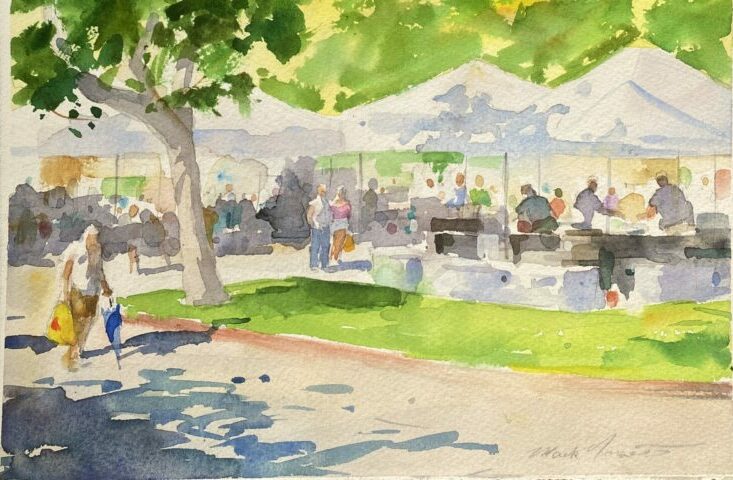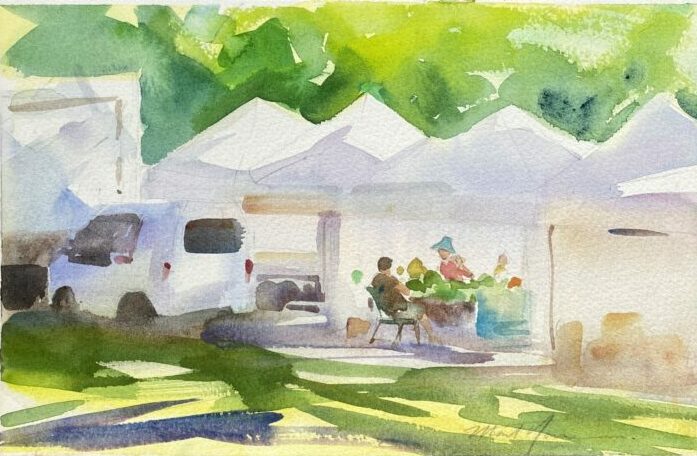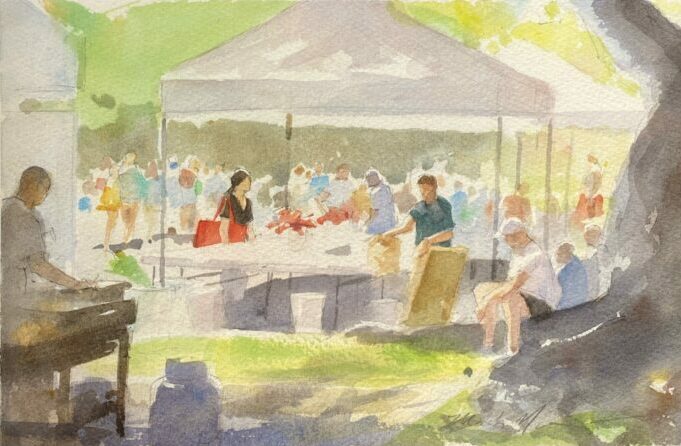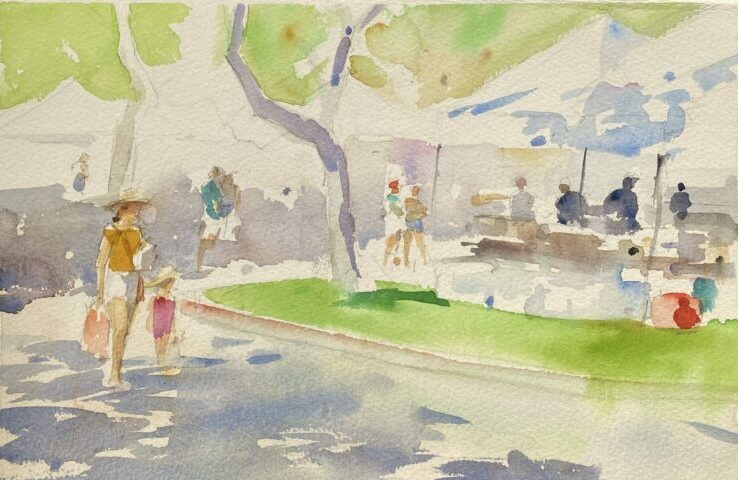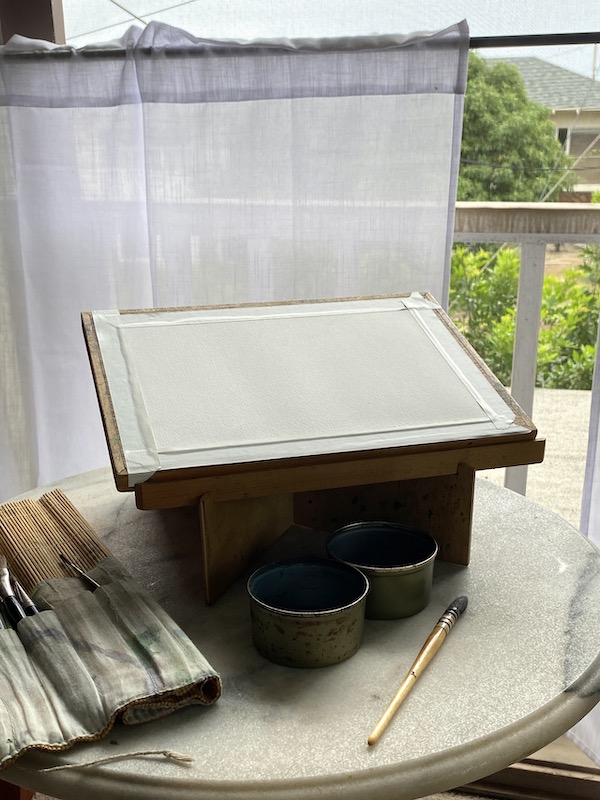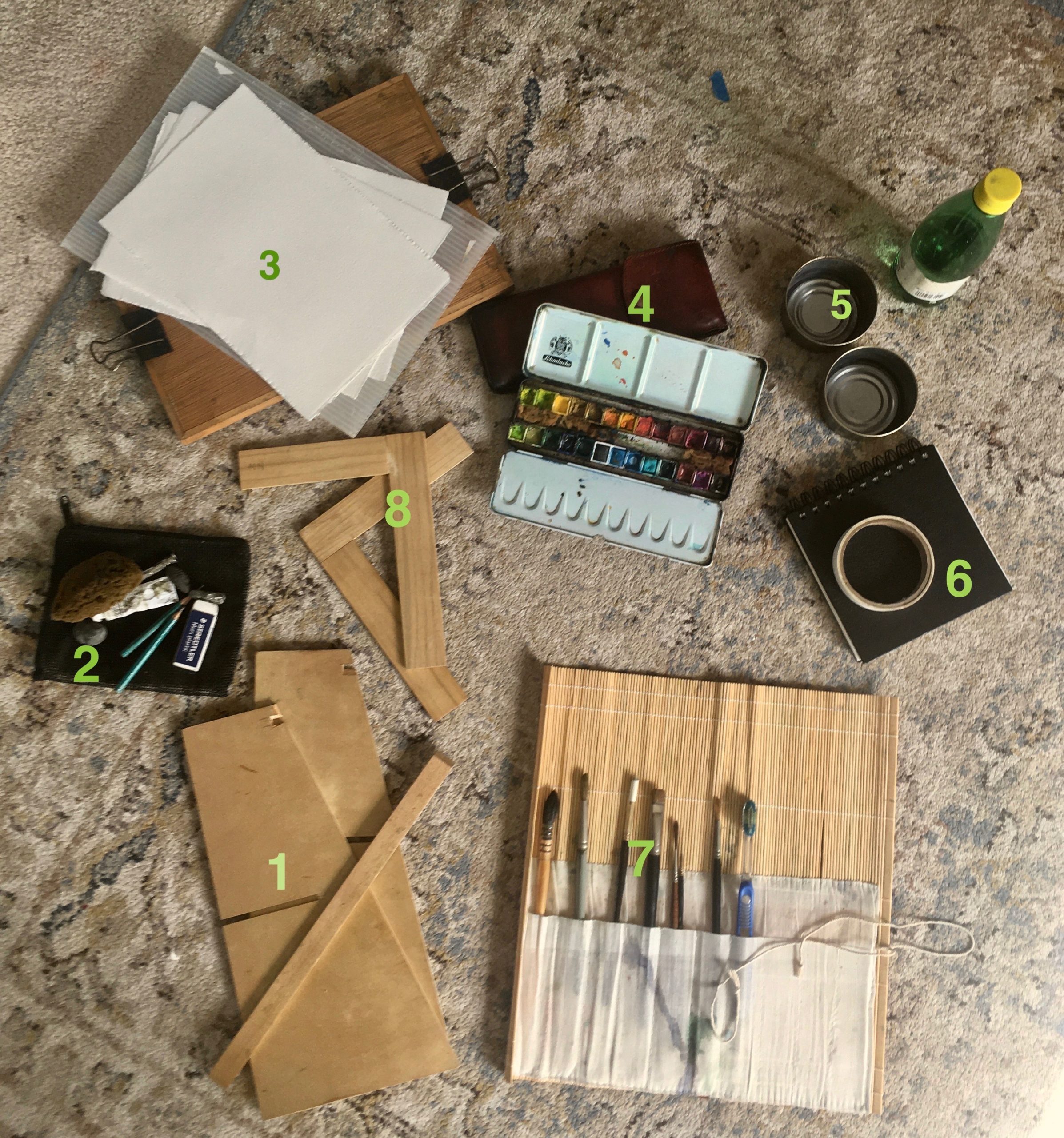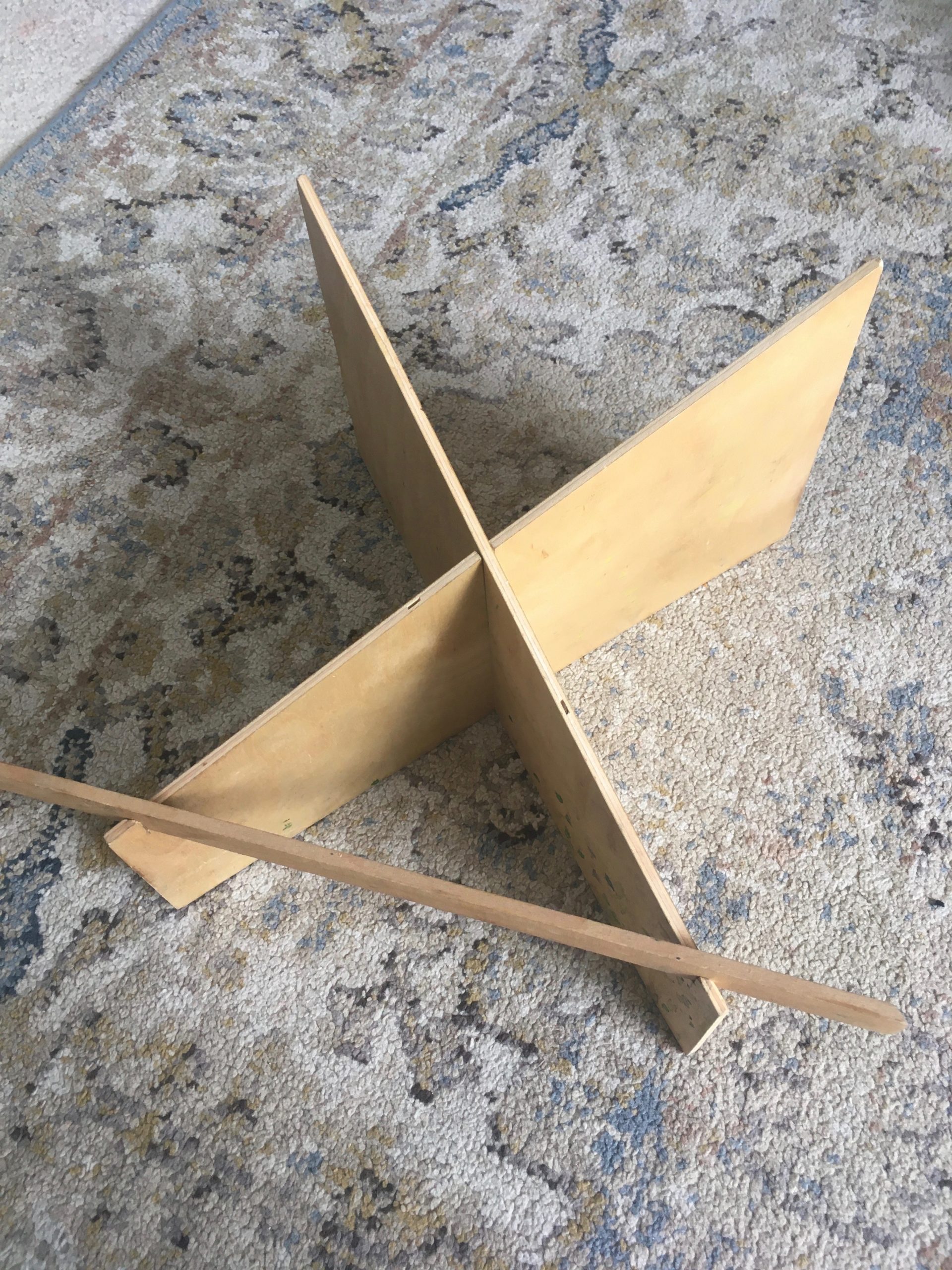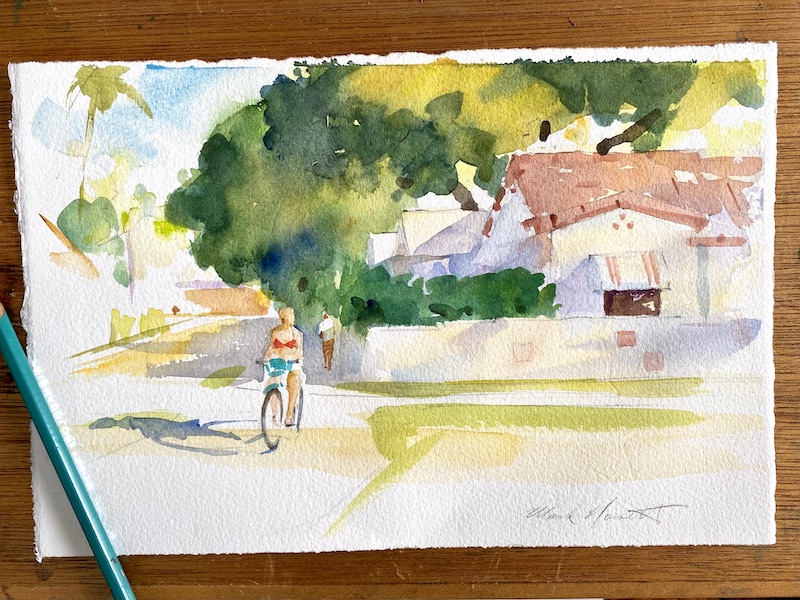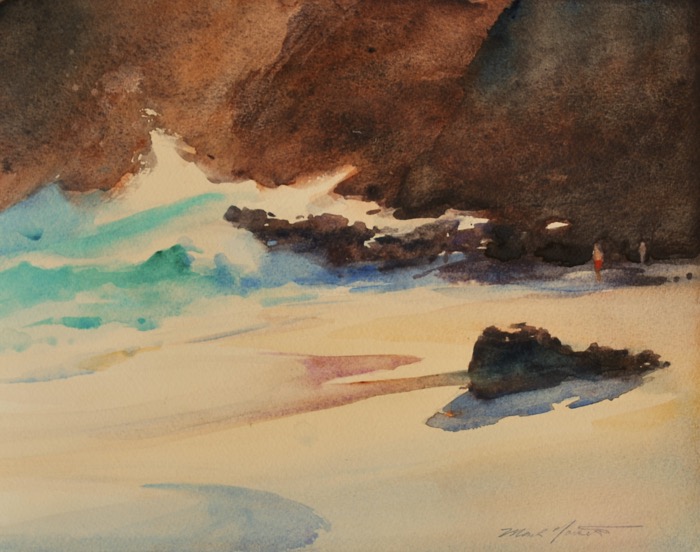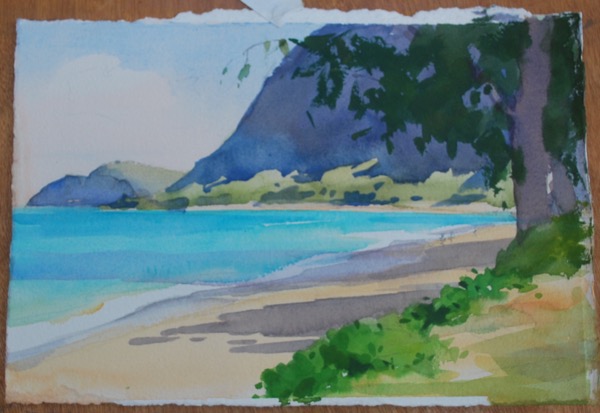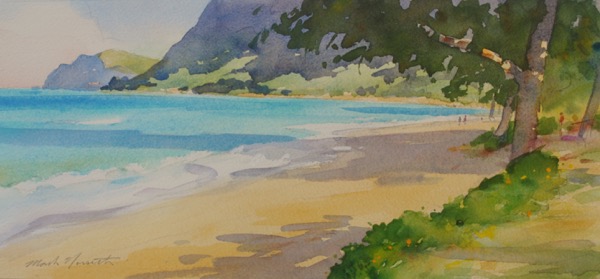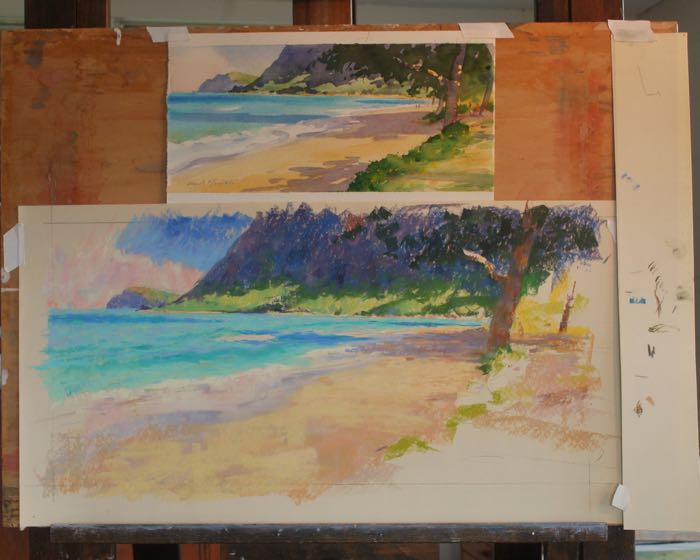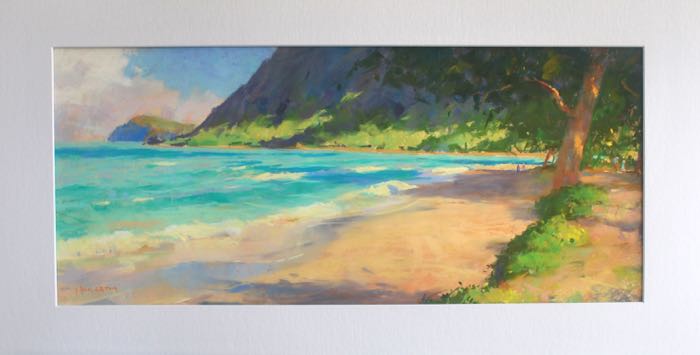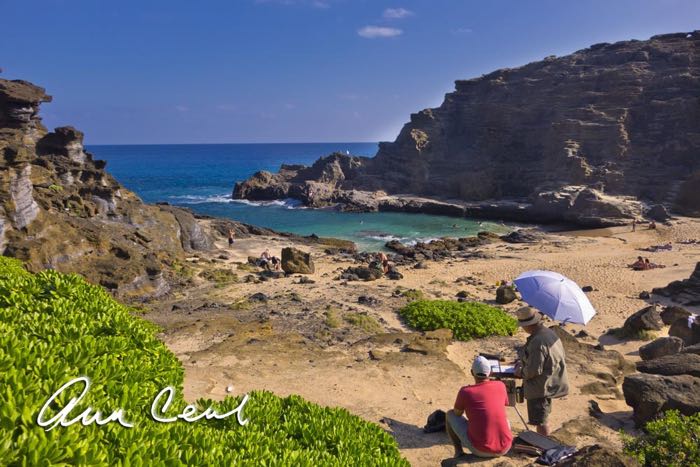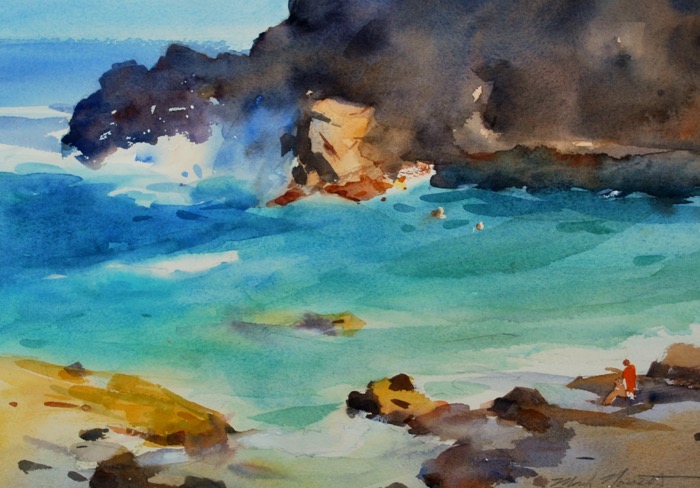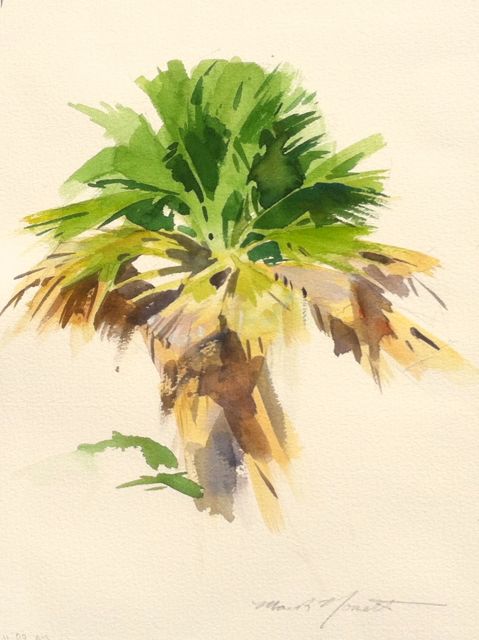I practice often.
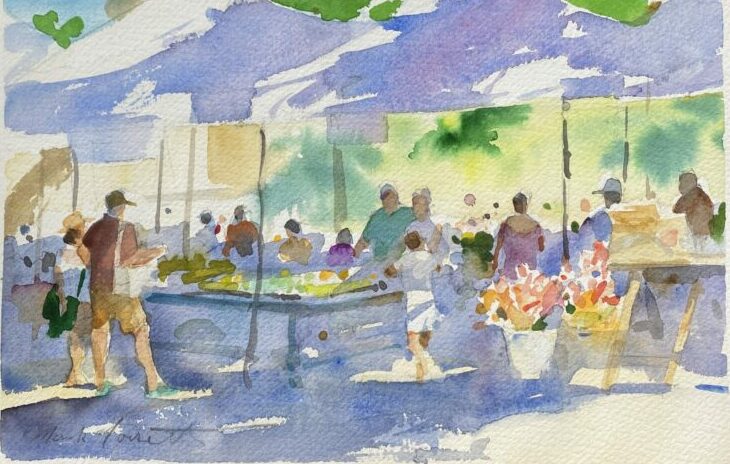
By this, I mean that to improve, I need to work on my skills. It doesn’t matter what the thing is…many aspects of being an artist require that skills get “under your skin”…become subconscious and natural.
Have you ever thought of art as a discipline? It’s wise to give it a try.
Following Good Examples
From a young age I made progress when making an effort to emulate something that had moved me. In my ongoing search (and I sincerely hope you’ll have your own), I’d find heroes… and then ask myself what do they have that I don’t?
In time I saw that I want my drawing to be fluent…with color both representative and inspired. And I need a design that makes the most of everything that the subject offers. These are examples of the sort of things we all need to identify about our own taste. And each of us will need to discover what moves us inwardly enough to take the risk of hard pursuit.
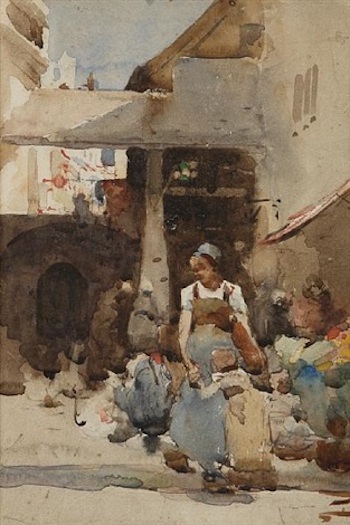
My hungry eye has led me to discover artist’s I never would have dreamed existed. This beautiful watercolor by Arthur Melville contains much of what I respond to. It’s an example of casual appearance which disguises his powerful ability to compose, draw, and then execute something that, we might guess, was only a brief impression on the artists’ mind. I’m grateful to have discovered his work, because he possesses the vitality and skill that I desire to obtain. From this example, and the work of many others, I get insights…. and then look for ways to practice what I’ve learned.
I look at using exemplars, like Arthur Melville, as hints to what I could do using my own living environment. In his painting above, I see a well drawn solitary figure, surrounded with plenty of suggested activity. There are subtle echoes of shape and color, and an excellent dark/light pattern.
Where can I find something that would have those elements now, in our world?
Putting Inspiration to Work
During the period of the COVID restrictions, I decided to visit our local green market on Saturdays. This was one of the few places where people could gather communally (albeit very supervised) and go about the business of life. I would take my traveling watercolor kit over with 1/8th sheets (7.5″x 10″) watercolor paper and then search to find a shady spot to paint from. This meant being wedged into areas between parked commercial vehicles, behind the scenes. Privacy was never guaranteed, but I’m used to onlookers and questions. From these cramped little shade-puddles I tried to compose and paint.
It’s Just Practice
I viewed these works as practice opportunities. Arranging elements, capturing fleeting effects, and convincingly drawn figures who were often there for moments at a time. It’s juggling and there’s never a dull moment.
Even as I write this now, I’m reminded of John Sargent’s quip that watercolor is “making the most of an emergency”.
Each painting is 7.5″ x 10″, and usually represents a single visit of a couple hours duration. I hope this energizes you to have a look at your personal world and see what’s possible.
